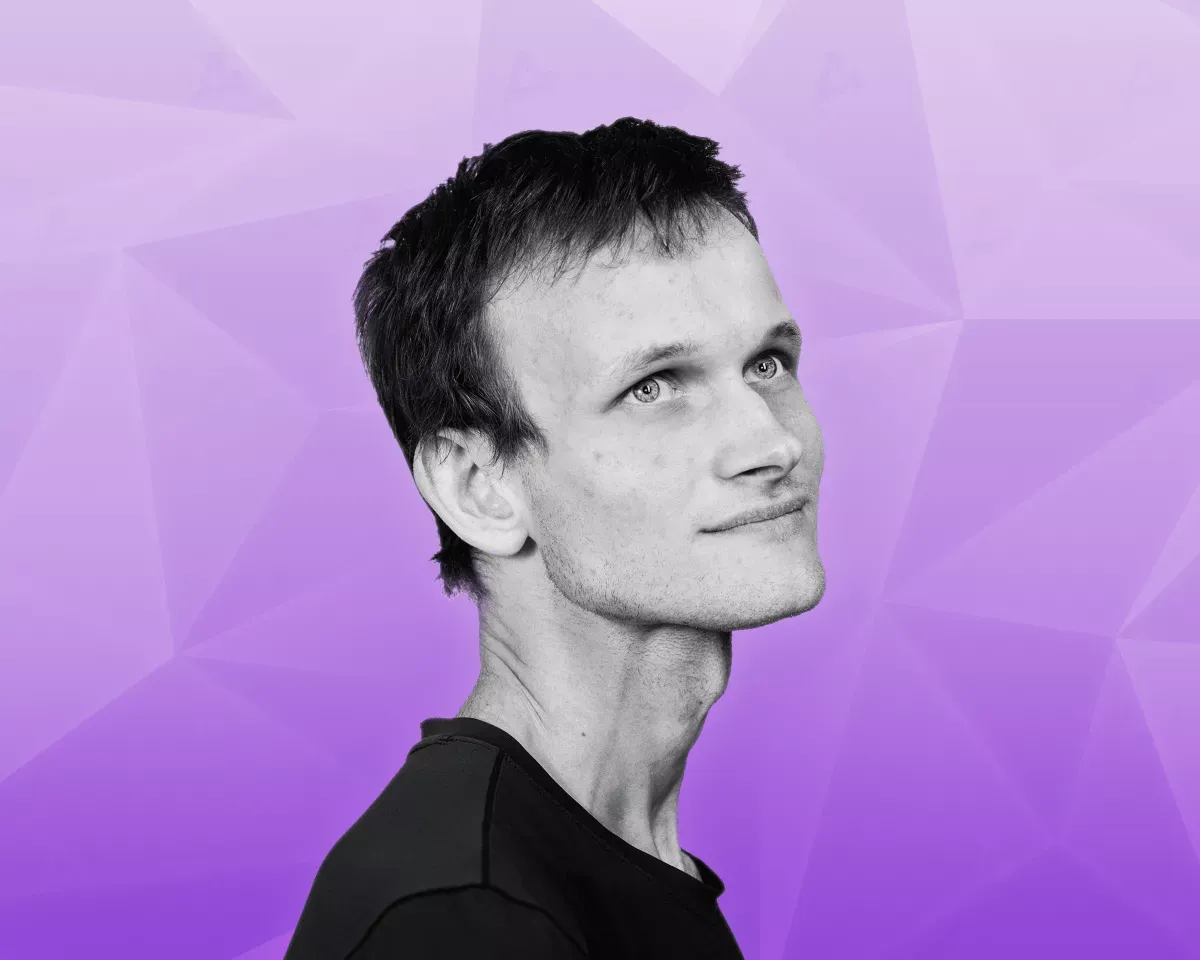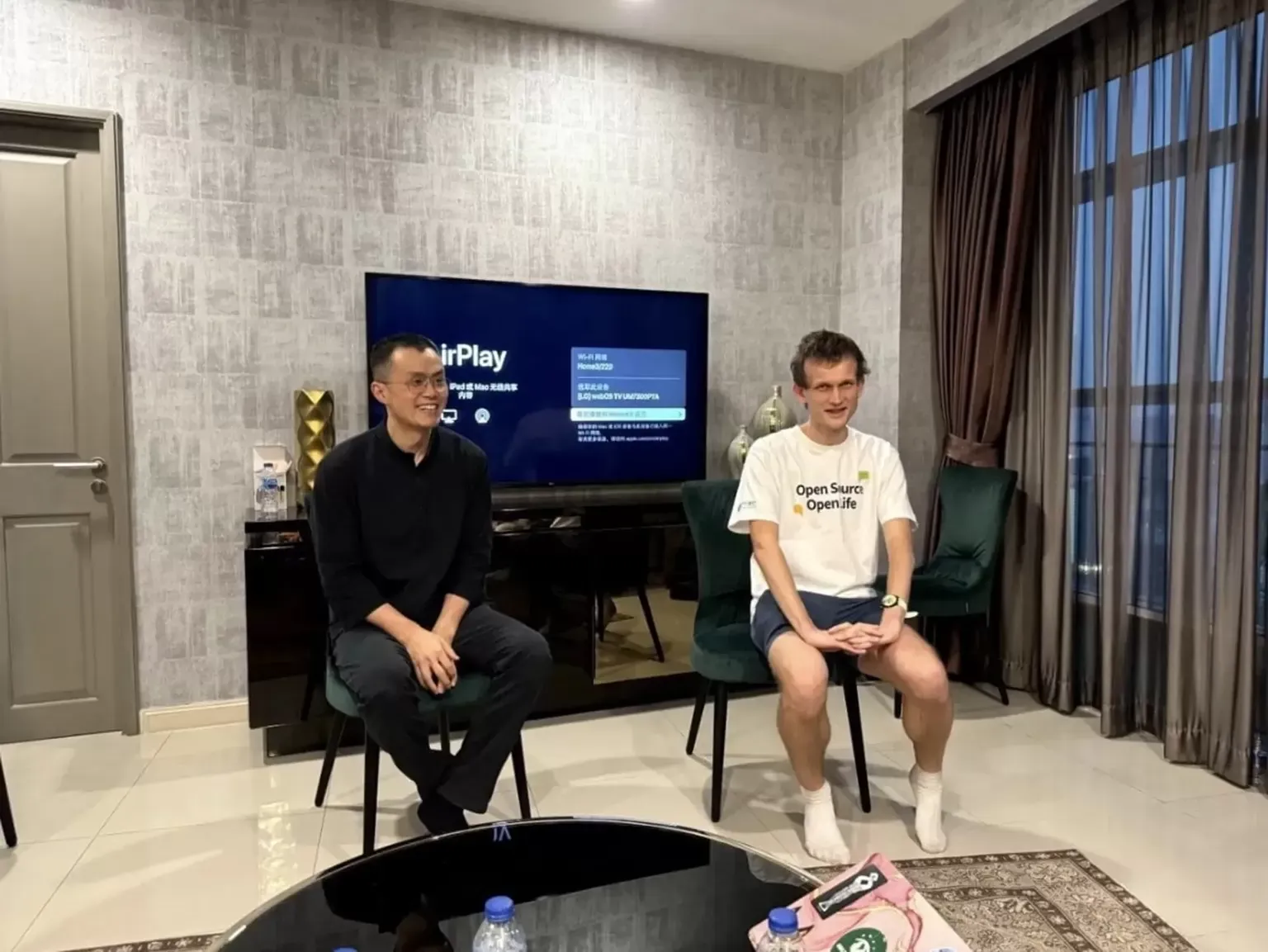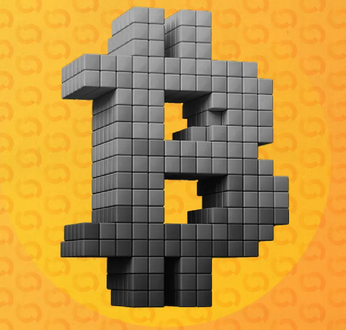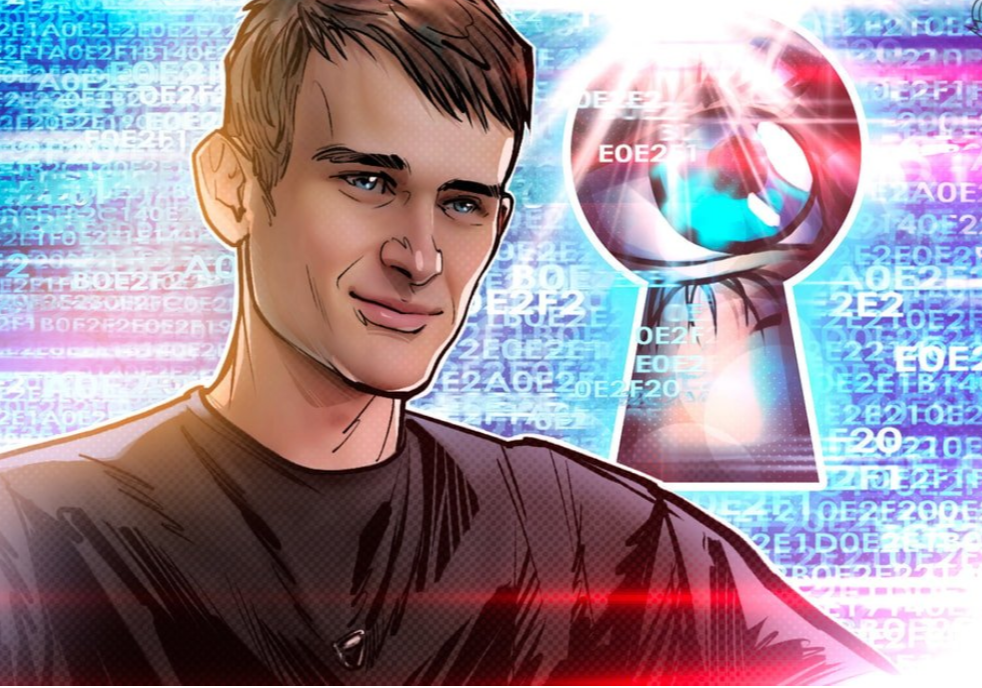Vitalik Buterin spoke about the prospects of interaction between cryptocurrencies and AI
Ethereum co-founder Vitalik Buterin highlighted four promising opportunities at the intersection of cryptocurrency and artificial intelligence technologies that have emerged in recent years.

According to him, the advantages of the synergy of the two breakthrough areas are quite obvious. For example, blockchain can compensate for centralization and ensure transparency, storage and security of data.
Buterin considered the prospects and risks of using AI as an actor, interface, the rules themselves, and the ultimate goal.
He considers the first option to be the most viable. As an example, the programmer cited the possibility of reviving the stagnant segment of decentralized predictions. Due to weak monetization, truly competent experts avoid these markets.
Low-cost AI-based "participants" can create a strong forecasting sector due to mass production and competition, Buterin is sure. Human participation in it will be needed only in difficult situations for arbitration, he pointed out.
Buterin considers the second option of technology synergy promising, but not without certain risks. The use of AI in the interfaces of blockchain applications involves assisting users.
This is partly implemented, for example, in the MetaMask wallet, which warns of possible fraud. Another application, Rabbit, shows the consequences of the planned transaction.
Buterin stressed that AI can really serve as a mentor in such cases. But there is also a potential risk due to the possibility of hackers using the technology for their own purposes.
"If the AI model, which plays a key role in the mechanism, is closed, you cannot check its inner workings, and therefore it is no better than a centralized application. If the model is open, an attacker can download and generate it locally, as well as develop carefully optimized attacks that can then be replicated on an active network," Buterin explained
Source: Forklog





